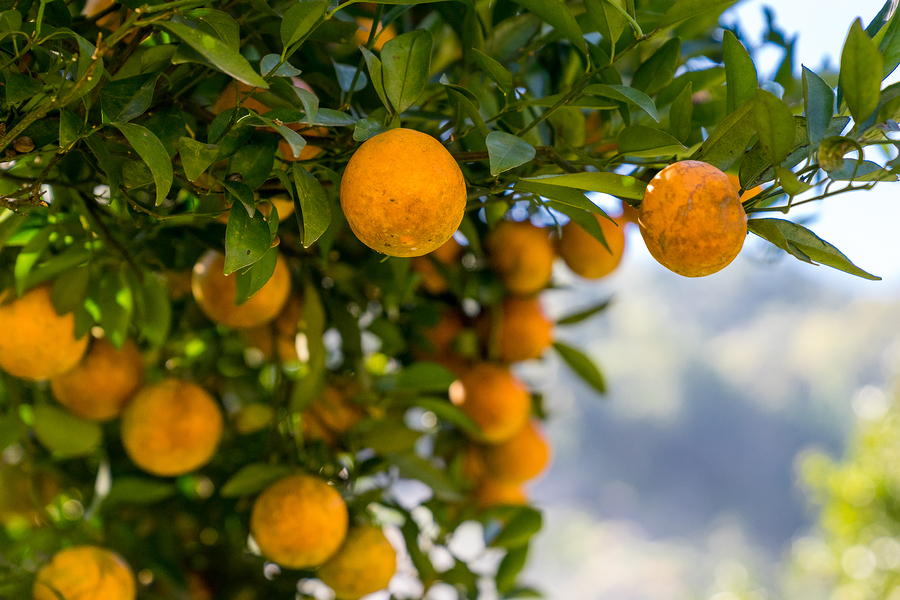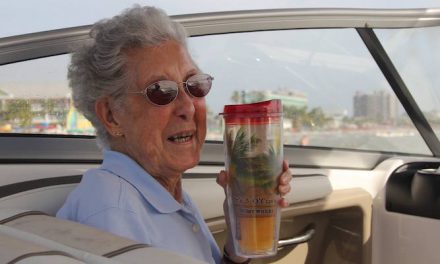The current administration has given the go-ahead for agricultural operations to spray streptomycin and oxytetracycline, antibiotics often used on people, on nearly a half-million acres of Florida citrus. And many scientists are warning this could increase the problem of antibiotic resistance in people and the environment. (The European Union and Brazil have banned the use of oxytetracycline and streptomycin for use as a pesticide on agricultural plants.)
“Agricultural operations plan to use the antibiotic sprays to combat the widespread disease called citrus greening, which has devastated the citrus industry. The antibiotics won’t cure the disease, and will have to be sprayed repeatedly over years just to keep the trees alive and producing fruit until they succumb to citrus greening.
Scientists at the U.S. Environmental Protection Agency expressed concern, but ultimately ruled that the economic benefits outweigh the agency’s concerns about antibiotic resistance and potential harm to the environment, people, and wildlife. The amount of antibiotic exposure to people who eat fruit or juices is far less than what people are exposed to when prescribed antibiotics by their doctor, the U.S. Department of Agriculture reports.”1
However, allowing this much “antibiotic residue in Florida soils, runoff, and air is unprecedented”1 and it’s not known just how much of the antibiotics will end up in the fruit because it’s never been sprayed on this scale before. This is terrifying.
For the last 10 years, citrus growers have had a tough time battling the spread of citrus greening disease but even killing the imported insect that carries the disease hasn’t prevented its drive up the peninsula. And it is for this reason that the growers requested the use of these two antibiotics.
One strategy that agricultural officials and growers plan to try is to “cycle” between different antibiotics in hopes of sidestepping antibiotic resistance. However, this method is highly controversial even in human medicine.
While everyone sympathizes with the citrus industry, this is the wrong solution and comes with too great a risk. Nathan Donley, a senior scientist at the Center for Biological Diversity’s said,
“Our issue is that these drugs are a really lousy answer to a complex problem, and the potential for risk outweighs the benefits. This is just another example of the pesticide office of the EPA approving a pesticide that’s not been studied well enough for the agency to make a competent decision on its safety. This happens a lot, where the pesticide office approves a pesticide without studies, then 10 to 15 years later we find out it has unintended consequences to human health or to environmental health and at that point it is often too late and the damage has been done.”1
According to the WHO and CDC, antibiotic resistance is one of the world’s biggest health problems and this new approval paves the way for up to 480,000 acres of Florida citrus to be treated with more than 650,000 pounds of streptomycin per year.
SOURCE:












